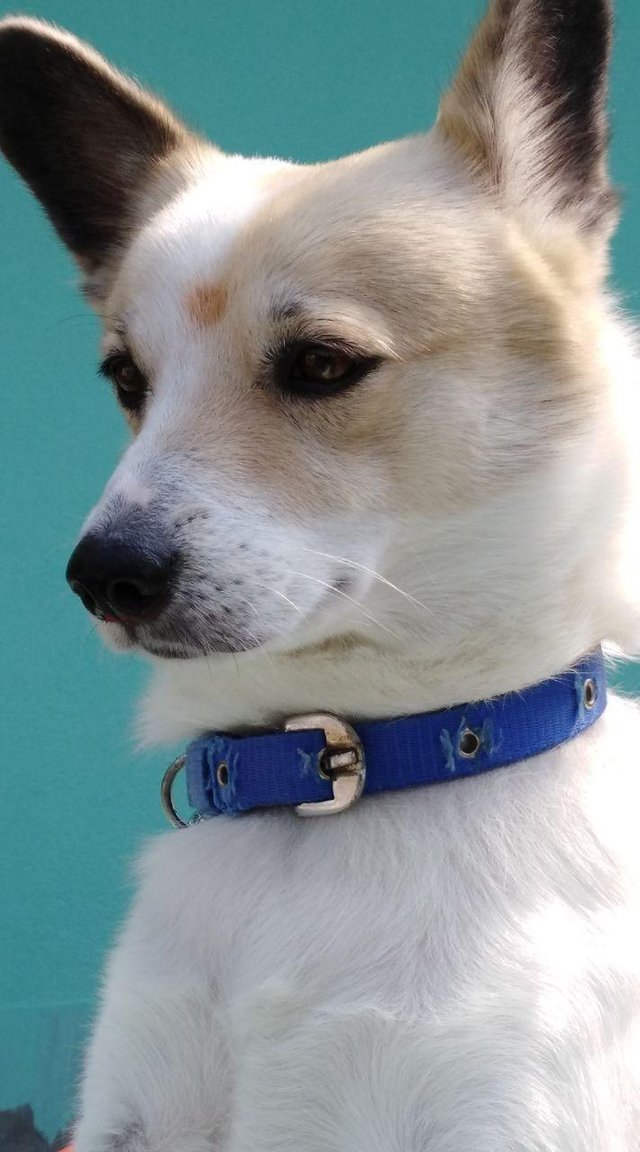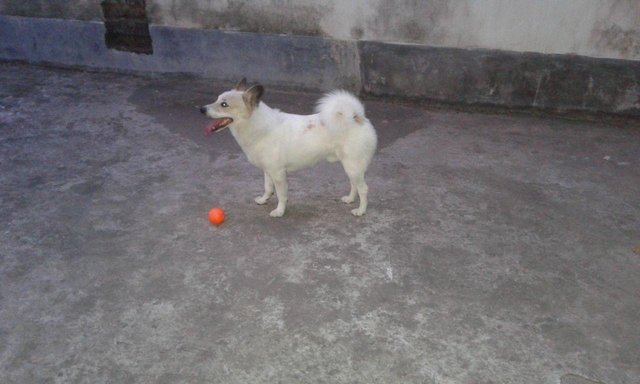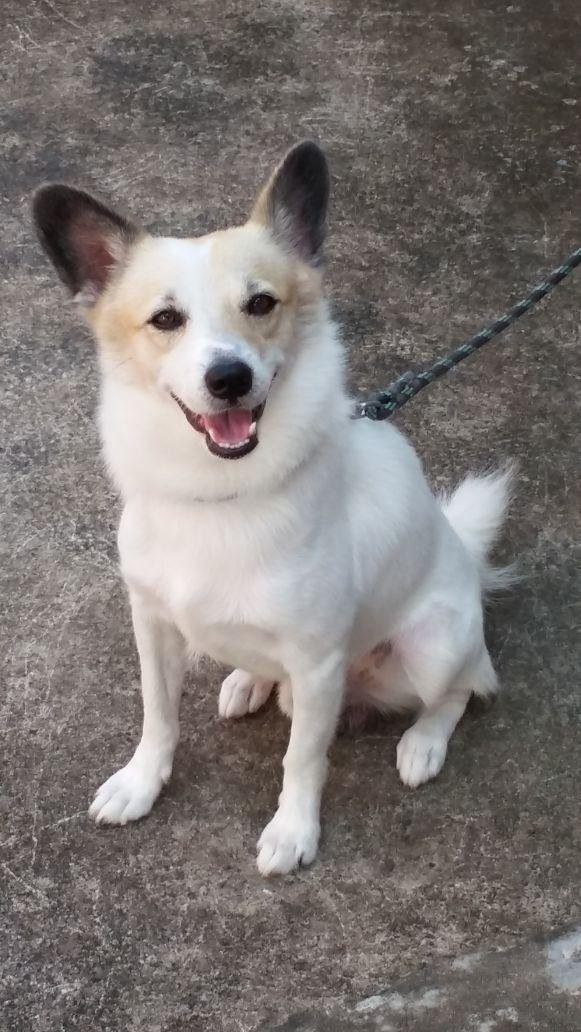Spitz dogs.
Spitz are a type of dog characterized by long, thick, and repeatedly fair fur, and critical ears and muzzles. The tail regularly mane over the dog's in the past or droops.

The strict origins of spitz dogs are not known, nonetheless generally of the spitz seen now originate from the Arctic region or Siberia.The mode was described as Canis pomeranus by Johann Friedrich Gmelin in his revision of Systema Naturae in 1788 (printed in English in 1792.
Spitz are positively competent to live in harsh northern climates. They a lot boast an insulating, waterproof undercoat that is denser than the topcoat to corner warmth. tiny ears assist to cut the lay bare of frostbite, and thick fur that grows on the paws protects the dogs from spiky ice. numerous spitz breeds, like the Akita and cuisine Chow, hang on to wolf-like characteristics like independence, suspiciousness, and onslaught towards unfamiliar humans and other dogs, and they involve a good deal education and socialization once they are puppies before they happen to controllable in an municipal environment. Some, such as the Karelian bring Dog, are extra tricky to chain as companion dogs. more or less sources receive spitz are added flat to rabiesthan other plague types.

This directory strength not be conclude and is, at best, an educated speculation from experts and beleaguer fanciers based on the material characteristics of the breeds. In the future, genetic studies capacity improved refine the link together with innumerable breeds. record that dogs planned at this time force be classified as toy dogs, herding dogs, sleigh dogs, and in other types.
Through selective breeding, spitz declare been residential to improve humans in three ways: hunting, herding, and pulling sleds.

The bigger and other influential breeds—such as the Akita Inu, Karelian convey Dog, Norwegian Elkhound, and Swedish Elkhound—are second-hand for big game hunting, ration humans eradicate moose and tanned bears.Smaller breeds—such as the Norwegian Buhund, the Finnish Spitz and the Lundehund—were second-hand in Scandinavia to chase birds and minor mammals.
Three of the biggest spitz, the Alaskan Malamute, Canadian Eskimo Dog, and the Greenland Dog, were second-hand to twitch sleds, until the 19th century. During that century, when fur trapping and sled afflict racing became money-spinning businesses, the less significant and faster Siberian Husky was second-hand added commonly in Canada and Alaska.